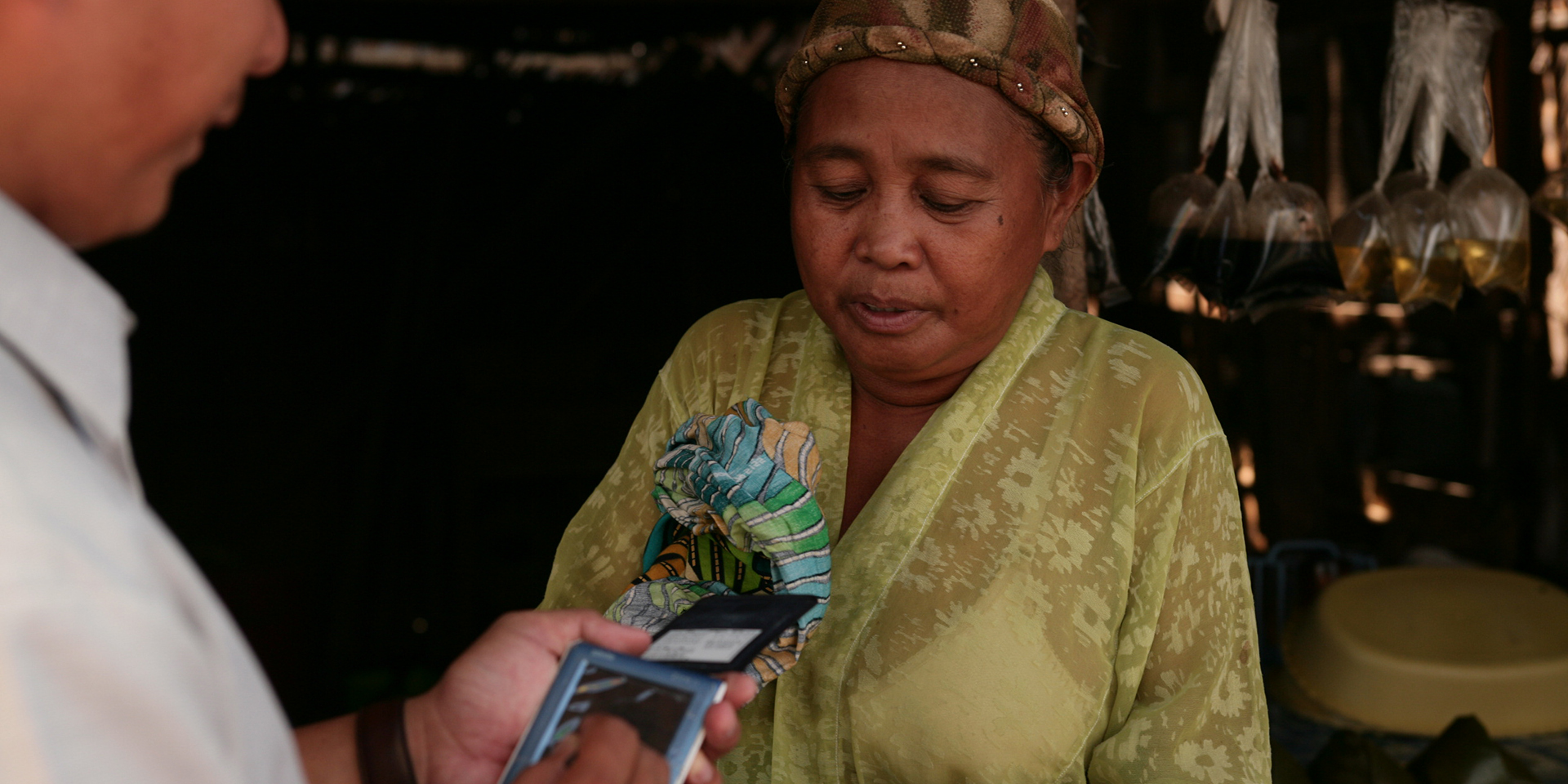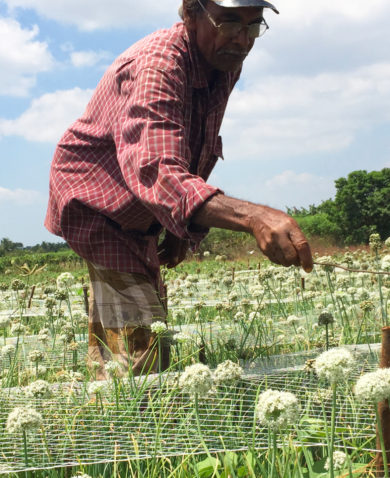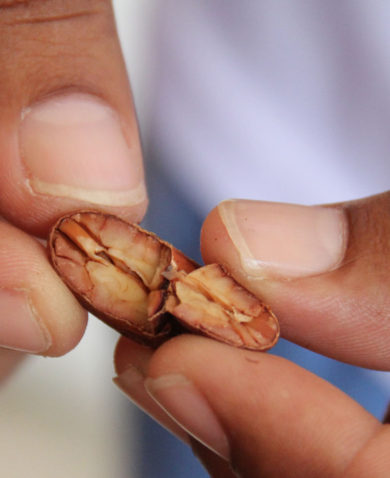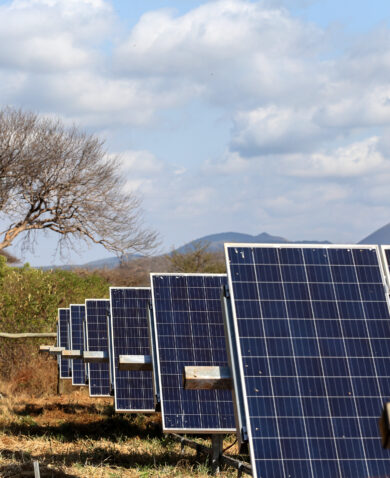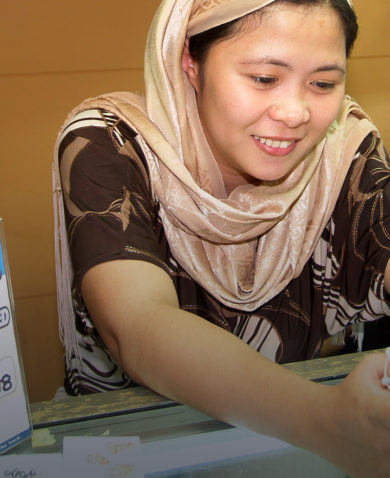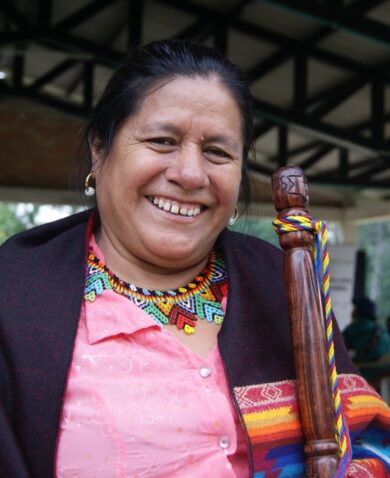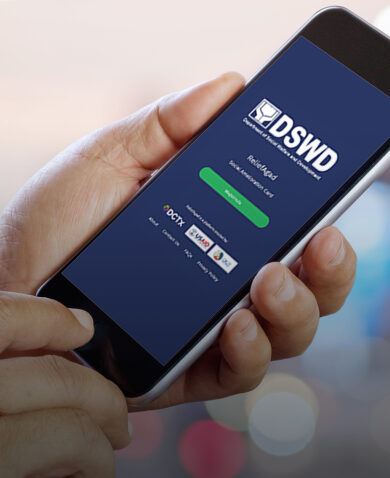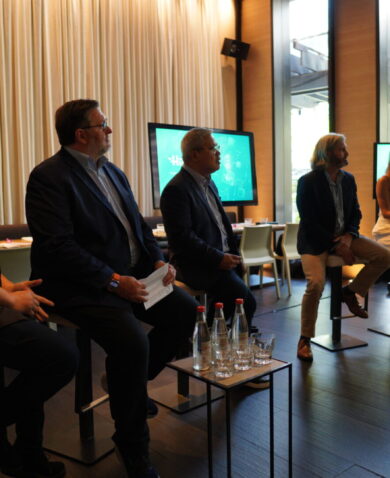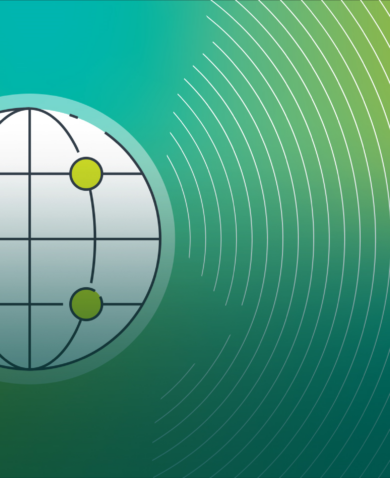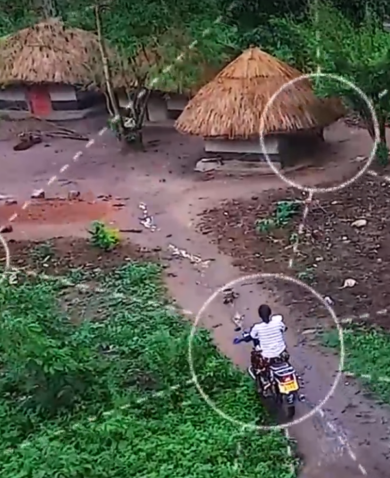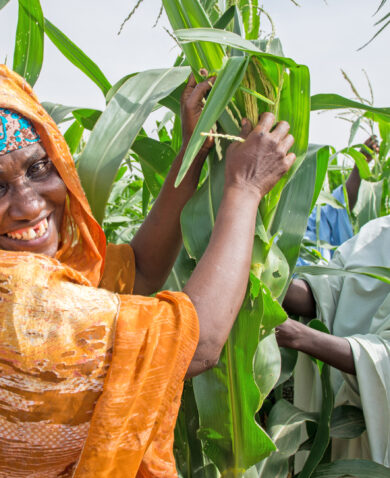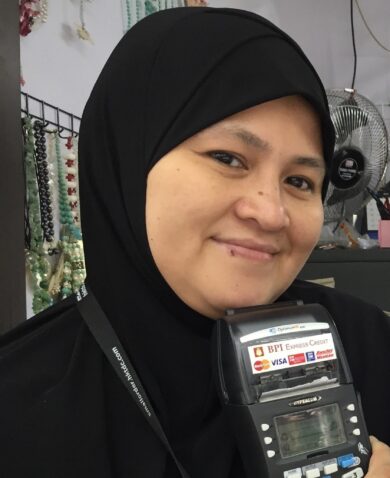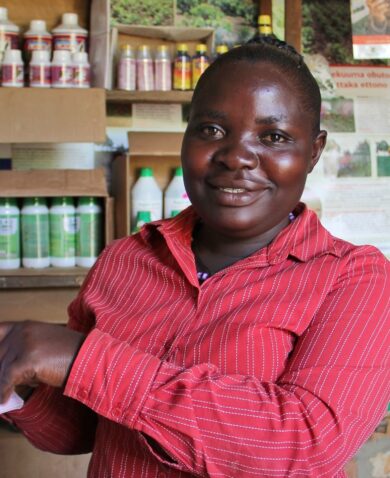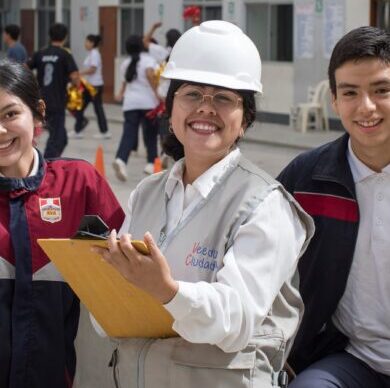When the Colombian delegation, USAID/E-PESO, and other financial institutions and digital technology providers came together to discuss the successes and challenges in promoting DFS uptake and usage, three key lessons emerged:
1. Target institutions instead of individuals. Although incentivizing individuals to use mobile wallets via promotions and discounts might work well in urban centers, it is less effective for rural areas where cash is king, and where many people must join the network for it to work. Seventy percent of the Philippines is unbanked, and even the institutions that provide informal credit in rural areas, such as pawnshops and community-based savings groups, are themselves unbanked, much less included in digital technology. If institutions are not digitalized, their customers will not be either, and will simply continue to withdraw cash rather than use digital funds. To counter this, Union Bank of the Philippines is working to place rural banks on a blockchain system to drastically reduce the number of steps required to open a bank account, as well as connect rural banks to each other to facilitate fund transfers. The bank is also digitalizing credit provided to corner stores through distributors via a mobile application. Ideally, once institutions are linked digitally, these solutions can be modified and rolled out to individual clients.
2. Take time to coordinate. Companies must coordinate to overcome market segmentation and avoid siloed solutions. Even in the United States, the plethora of payment options (Venmo, PayPal, GPay, Apple Pay, etc.) can sometimes make digital transactions complicated. Last year in the Philippines, G-Cash and Paymaya, mobile money services backed by different telecom providers, released features permitting interconnectivity between their mobile wallets to allow seamless transactions and encourage uptake of e-payments. This partnership echoes similar developments in countries such as Tanzania and Nigeria, where regulations require interoperability among mobile wallets. However, the G-Cash and Paymaya Quick Response (QR) codes, which are box-shaped bar codes that facilitate transactions through scanning in a mobile app, are not yet interoperable. Instead, currently vendors must make room for several different scan codes on their checkout counters to cater to the various applications that their clients use. Some of the stakeholders we met with called for more coordination, lest a “binder of QR codes develop at the register.” As E-PESO’s work has shown, coordination among stakeholders, and often competitors, is also important for negotiating with regulatory bodies to promote an enabling environment and prevent overregulation (for example, of blockchain solutions).
3. Emphasize both “high-tech” and “high-touch.” The Gallup 2017 Global Emotions Report ranks the Philippines the fourth highest country in the world for total emotional experiences. Going to the bank is still seen as an exciting event, requiring formal attire, whereas digital solutions can be perceived as cold. Stakeholders repeatedly commented that Filipinos prefer face-to-face interactions and place higher value on personal transactions than the convenience that comes from digital services, an observation that resonated with the Colombian delegation given their challenges in launching digital products. To encourage uptake, digital solutions should consider interpersonal motivations and strategic “high touch” points of contact along the client journey, including mechanisms for recourse and feedback to assure clients feel heard. A successful example of integrating digital and personal elements in financial inclusion can be observed in CARD Bank’s microfinance model: Agents hold weekly meetings to facilitate immediate mobile transactions in rural areas throughout the Philippines and incorporate a small lesson each week, providing “credit with education” and incentivizing attendance and active membership. These personal engagement points establish trust and mitigate the perceived risk of new technologies.
By digitalizing institutions to increase non-cash payment options, coordinating and collaborating to promote interoperability between services, and incorporating interpersonal “high-touch” points along the digital experience, financial providers can bridge the gap between access and uptake. In doing so, they can also more effectively capture the benefits of digital financial solutions. The Colombian delegation, with support from USAID/RFI, will take the observations gleaned from conversations in the Philippines to design models of their own that encourage higher uptake among rural populations. We’re excited to see what innovations they come up with.

